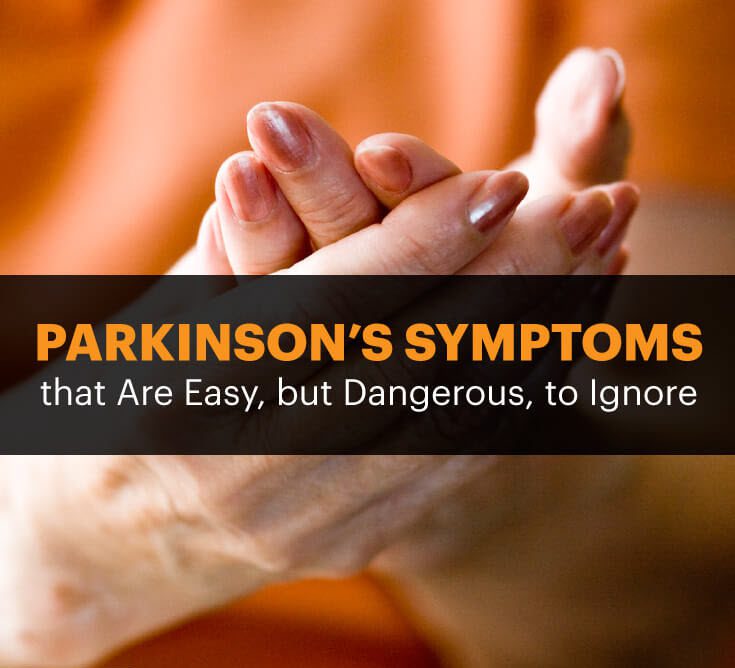Have you ever wondered what exactly happens in Parkinson’s disease and who’s most likely to develop it? Whether you’re concerned about yourself or a loved one, understanding this condition is the first step toward proper care and management.
What is Parkinson’s Disease?
Parkinson’s disease starts in the brain when specific nerve cells (neurons) begin to break down or die. These neurons produce dopamine, an important chemical messenger in your brain that helps control movement and coordination. When dopamine levels decrease, it causes your brain to function abnormally, leading to the characteristic symptoms of Parkinson’s disease.
How Common is Parkinson’s?
Parkinson’s affects approximately 1% of people older than 60 and about 5% of people over 85. It typically appears after the age of 60, with the average age of onset being around 70.
Key Symptoms to Watch For
Motor Symptoms
The decline in dopamine levels primarily affects movement, causing several noticeable symptoms:
-
Tremors, often starting in the hands
-
Slowed movement (bradykinesia)
-
Muscle stiffness
-
Balance problems and postural instability
Non-Motor Symptoms
Parkinson’s isn’t just about movement issues. Many people experience:
-
Sleep disturbances
-
Cognitive changes
-
Mood disorders like depression
-
Loss of smell
-
Fatigue
What Causes Parkinson’s Disease?
The exact cause of Parkinson’s disease remains unknown, but several factors appear to play significant roles.
Brain Changes
Researchers have identified essential changes in the brains of people with Parkinson’s:
-
Lewy bodies: These are clumps of proteins found in the brain that may hold important clues to the cause of Parkinson’s.
-
Alpha-synuclein: This protein is found in all Lewy bodies in a form that cells can’t break down. 5
-
Altered mitochondria: Changes to these cellular “powerhouses” can cause cell damage and have been found in the brains of people with Parkinson’s.
Dopamine Depletion
The start of Parkinson’s is associated with a significant loss of dopamine in the brain4. Symptoms typically begin to appear when dopamine levels drop substantially.
Genetic Factors in Parkinson’s Disease
Inherited Risk
While most cases of Parkinson’s aren’t directly inherited, genetics can play a role:
-
Having a close relative with Parkinson’s increases your risk, though it remains small unless many family members are affected. 25
-
Genetic factors may be more significant in early-onset Parkinson’s (before age 50).
Key Genes Linked to Parkinson’s
Several genes have been associated with Parkinson’s disease, including:
-
GBA
-
LRRK2
-
PRKN
-
SNCA
-
PINK1
-
PARK7
-
VPS35
However, many people who carry these genes never develop symptoms, suggesting that genes alone aren’t usually enough to cause the disease4.
Environmental Risk Factors
Toxin Exposure
Several environmental factors may increase the risk of developing Parkinson’s:
-
Pesticides: Agricultural and gardening chemicals like paraquat, maneb, ziram, and others have been linked to Parkinson’s.
-
Trichloroethylene (TCE): Found in dry cleaning products, household cleaners, and degreasers, TCE may activate genes associated with Parkinson’s
-
Air pollution: Pollutants from factories, wildfires, power plants, and vehicles may contribute to brain inflammation and protein buildup linked to Parkinson’s.
Other Environmental Factors
-
Head injuries: Trauma to the head appears to increase the chance of developing Parkinson’s, especially in people also exposed to pesticides or with a genetic predisposition.
-
Well water: Some research suggests a possible link between drinking well water and increased Parkinson’s risk.
Lifestyle Factors That May Influence Risk
Diet and physical activity levels may contribute to either the onset or prevention of Parkinson’s disease. Some research suggests that caffeine intake might play a role, though more studies are needed to confirm this relationship.
Major Risk Factors for Parkinson’s Disease
Age
Age is the most significant risk factor for Parkinson’s disease:
-
Young adults rarely experience Parkinson’s.
-
Risk increases with age, especially after 60.
-
The condition typically begins in middle or late life.
Sex
Men who were assigned male at birth have a higher risk of developing Parkinson’s disease than women.
Family History
Having one or more first-degree relatives (parents or siblings) with Parkinson’s increases your risk, though it remains small unless many relatives are affected.
Can Parkinson’s Disease Be Contagious?
No, Parkinson’s disease is not contagious. You cannot “catch” it from someone else through regular contact. While some researchers have explored whether certain infections might play a role in triggering the disease in susceptible individuals, there’s no evidence that Parkinson’s can spread from person to person.
Early Warning Signs to Watch For
Parkinson’s can begin developing years before obvious symptoms appear. Early signs to watch for include:
-
Slight tremor in one hand
-
Smaller handwriting than before
-
Loss of smell
-
Trouble sleeping
-
Constipation
-
Changes in voice or facial expression
When to See a Doctor
If you notice persistent tremors, stiffness, or slowness of movement, especially if they’re more pronounced on one side of your body, it’s worth discussing with your doctor. Early diagnosis can help you access treatments that may help manage symptoms more effectively.
Living with Parkinson’s
While there’s currently no cure for Parkinson’s disease, many treatments can help manage symptoms. These include medications, physical therapy, and, in some cases, surgical options.
The Future of Parkinson’s Research
Researchers continue to study the complex interactions between genetics, environmental factors, and brain changes in Parkinson’s disease. This ongoing research offers hope for better treatments and potentially preventive strategies in the future.
Understanding the symptoms, causes, and risk factors of Parkinson’s disease is crucial for early detection and management. While some risk factors like age and sex can’t be changed, awareness of environmental exposures and family history can help you make informed health decisions and recognize warning signs early.
Remember that having risk factors doesn’t mean you’ll develop Parkinson’s, and many people with the condition lead entire, active lives with proper treatment and support.









